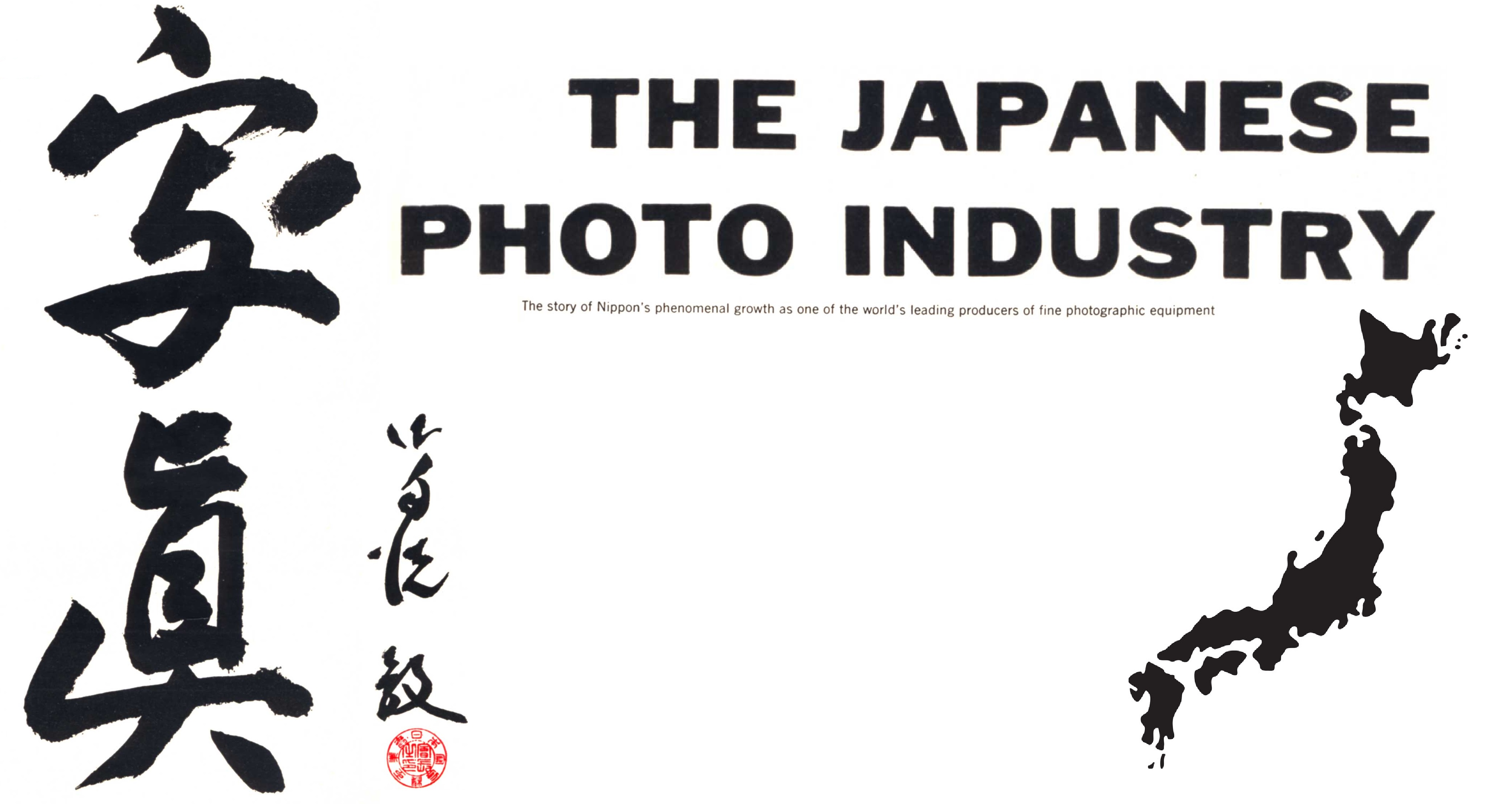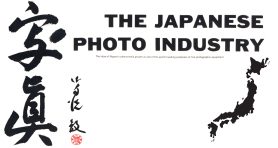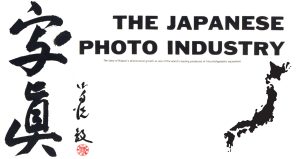 This is the second part of a 48 page article about the Japanese Photo Industry which originally appeared in as special section of the April 1957 issue of Popular Photography magazine. The first part of this series can be read here.
This is the second part of a 48 page article about the Japanese Photo Industry which originally appeared in as special section of the April 1957 issue of Popular Photography magazine. The first part of this series can be read here.
In this section, there are even more fascinating stories that give a glimpse into the industry which brought us countless great cameras such as the Minolta Autocord, Canon P, and Yashica-mat. This section starts out with an article that examines the factories where cameras are built and the strict attention to quality control that each of the major Japanese makers had.
Canon would inspect every single camera body at various points during the assembly process and keep detailed records about each model for life in case one ever came back to the factory for service. Imagine being able to send back your Canon IV rangefinder and pull up the actual paper inspection file from the day it was built! I wonder if those records still exist today and if so, where they are?
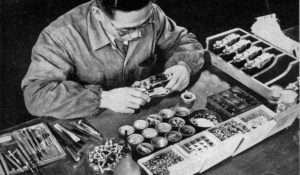
Potential workers for Olympus are screened before hiring to measure their ability to work with fine precision parts. Tests involving sorting 2mm screws by size and picking up small ball bearings using chopsticks were common. Yashica’s factories took employee happiness very seriously and serenaded their workers with a variety of classical music and jazz, and at the end of each shift, allowed their employees to go swimming in the company’s hot spring!
There has never been a doubt in my mind that German camera makers didn’t also take quality control seriously, but knowing that country’s political past and contentious labor practices, my guess is employees weren’t treated quite as nicely, or with the same consistent standards.
The Japanese government took quality control so seriously that the Japan Camera Inspection Institute (JCII) was created as a way of ensuring that every single Japanese camera that was exported out of the country met strict quality control standards. The Japanese government knew that it’s optics industry was key to rebuilding not only the Japanese economy, but it’s status as a world trade partner after WWII.
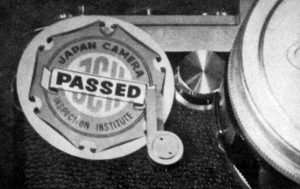
JCII inspectors are all hired from third party sources and must not be affiliated in any way with any Japanese camera or optics company. Potential inspectors must have a minimum of 2 years worth of inspection experience. They go from factory to factory inspecting the cosmetics, making sure that all parts look nice and screws and rivets are free from nicks or scratches. They look at things like whether the finish is consistent across all parts, whether there is symmetry to round part, and they pay special attention to engravings, making sure that all lettering is consistent and even.
In terms of functionality, shutters, rangefinders, viewfinders, and all moving parts are subjected to equal levels of quality assurance in addition to everything that factory has already done itself. Considering the extreme measures each manufacturer already applied to their own products, the JCII inspectors added yet another layer of assurance that each camera is as good as it could possibly be, before ever getting into the hands of a photographer.
In between the articles, were are also treated with several full page advertisements for Canon, Kuribayashi (Petri), Kowa, Riken (Ricoh), and Walz. I am a huge fan of period advertisements for these cameras and always try to include relevant ads for each camera I review, so looking at these ads is almost as exciting for me as the articles themselves.
As I said last week, the Japanese camera industry went from an insignificant blip, to a world wide leader in less than a decade and there is good reason for that. Of course this article only scratches the surface of everything that happened in the 1950s, but it remains a fascinating glimpse of how it happened.
Next week I will post part 3, which covers pages 33 – 48 of the special section. These last 16 pages have no articles, but contain a very elaborate directory of Japanese Photographic Products, including cameras, lenses, filters, meters, and more. If you like specs, this is basically a 1957 buyer’s guide for photographers. As with the first 2 sections, there are more full page advertisements, this time for Chiyoda (Minolta), Mamiya, Seikosha, Leotax, Aires, and Yashica.
All scans used with permission by Marc Bergman, 2018.

